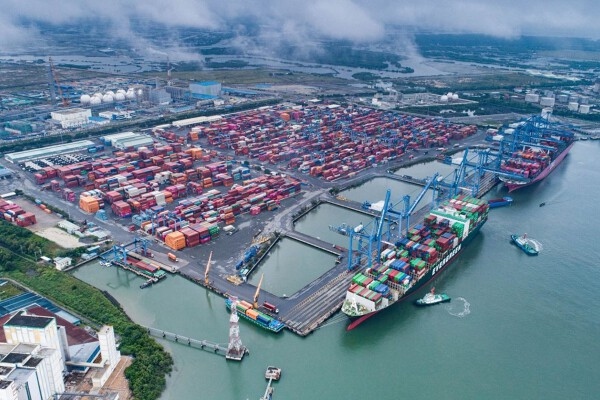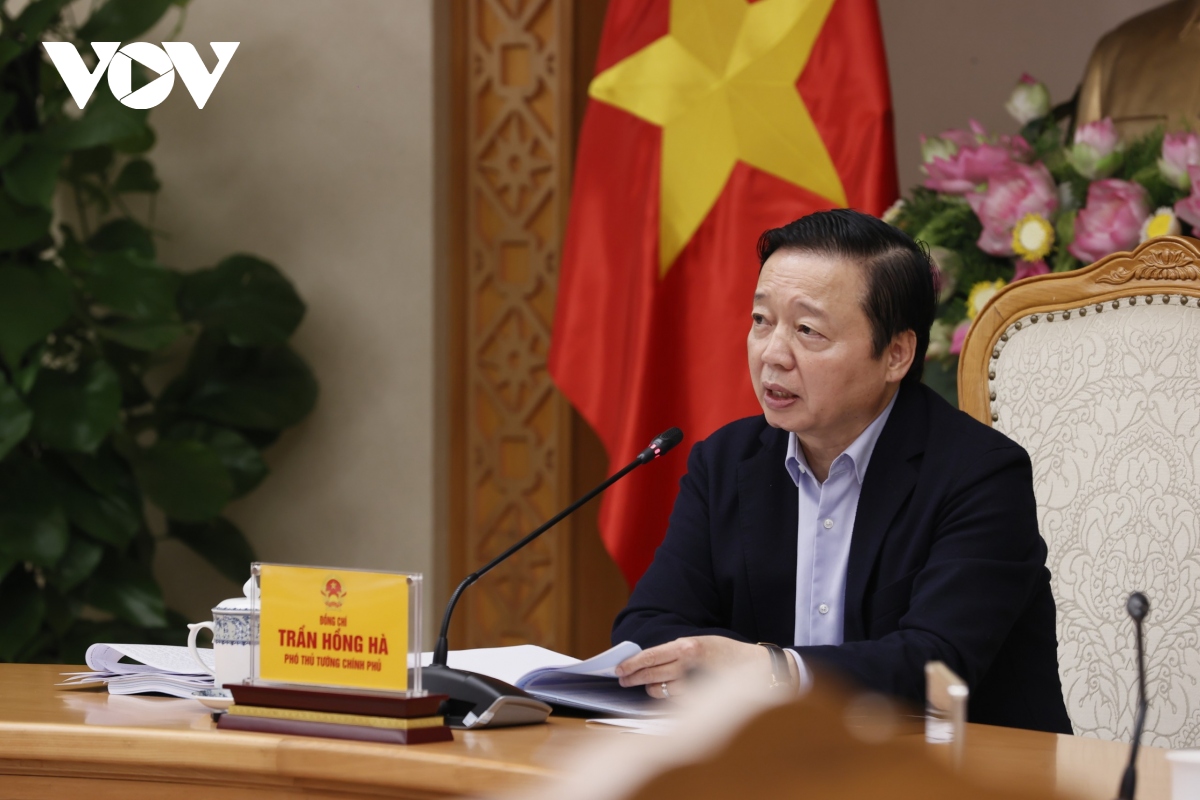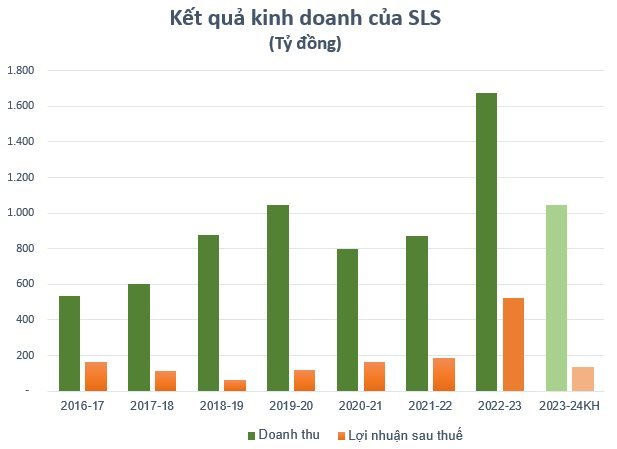The Project to Adjust the Overall Development Plan of the Vietnam Seaport System for the period 2021-2030, with a vision to 2050, adjusts some contents regarding objectives, groups of seaports, land and water area usage needs; capital investment needs; priority projects; adjustment of implementation solutions.
According to the plan, by 2030, the seaport system will handle cargo volume from 1,330 to 1,612 million tons, and passenger volume from 17.4 to 18.8 million trips. The estimated volume of international transshipment container cargo is about 4.1 million TEUs. In addition to the prioritized international gateway port areas such as Lach Huyen (Hai Phong) and Cai Mep (Ba Ria – Vung Tau), efforts are being made to build the Can Gio international transshipment port; Ho Chi Minh City Port will be developed from a Type 1 port to a special port; adding international transshipment cargo demand through the Lien Chieu area (Da Nang City) of about 0.5-1 million TEUs per year by 2030.

According to the plan, by 2030, the seaport system will handle cargo volume from 1,330 to 1,612 million tons, and passenger volume from 17.4 to 18.8 million trips.
Deputy Minister of Transport Nguyen Xuan Sang said: “We have also studied to improve the detailed plan for the groups of seaports in the process of supplementing and adjusting the overall seaport plan in accordance with the regulations of the planning law after the national overall plan is approved.”
At the meeting, leaders of ministries, sectors, and localities agreed that the adjustment plan must enhance synchronized connectivity of transportation infrastructure, transportation methods, logistics services facilities, etc., to avoid scattered and inefficient investment, wastage of resources, and reduced competitiveness of Vietnamese seaports.
Highly appreciating the positive and proactive spirit of the Ministry of Transport in the construction and adjustment of the overall plan of the seaport system, Deputy Prime Minister Tran Hong Ha emphasized that the overall plan must be developed with scientific classification methods and criteria, adhering to the viewpoints, objectives, and forecasting the development needs of each economic-social region and each locality.

Deputy Prime Minister Tran Hong Ha
Deputy Prime Minister requested the Ministry of Transport to calculate and clarify economic, technical, and environmental justifications, comply with green and digital infrastructure criteria, and focus on the benefits of seaport groups as well as the benefits of regions and the country. Deputy Prime Minister Tran Hong Ha instructed: The seaport system plan is comprehensive, but the preliminary land and water space should be identified and ready for implementation after being adjusted and approved.
The plan must be comprehensive before detailed, along with economic, technical, and environmental justifications. We need an accurate forecast so that we have an investment roadmap. Regarding design and infrastructure, it has to be completed. Regarding the water space, land space should be calculated and cleared from the beginning.









































